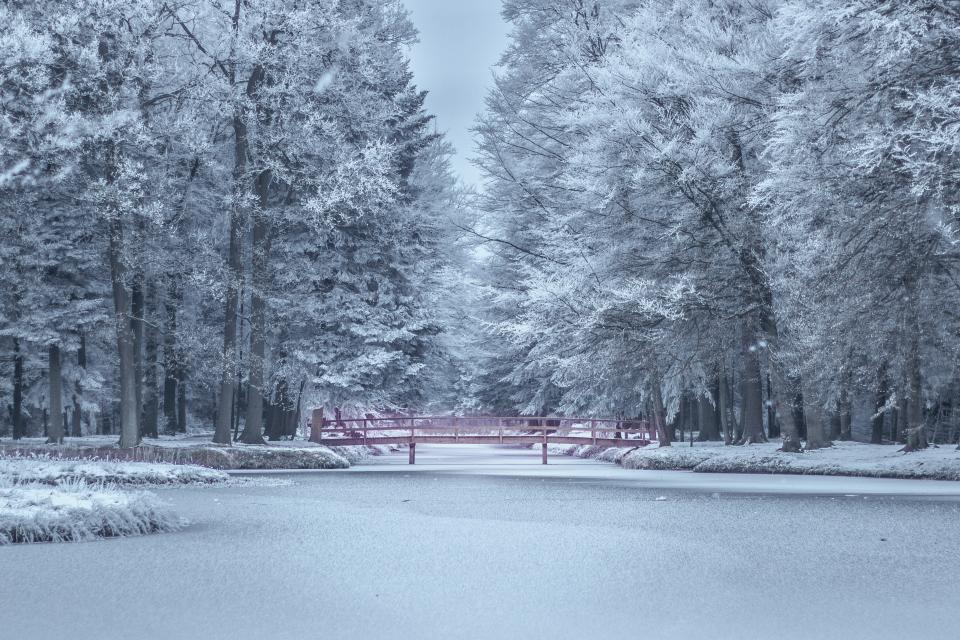Starting from November 26, the ban on going onto the ice of inland waterways in Estonia will be in effect, the Rescue Board announced.
In recent weeks, the air temperature has remained below zero and the first ice has formed on the surface of inland water bodies. Since the freezing temperatures have been relatively modest, the ice is still very thin and going on the ice is life-threatening.
"This week it has been cold only a few degrees below zero, and the thickness of the ice is mostly only a few centimeters. Such thin ice cannot support a person yet, and going there is life-threatening," explained Mikko Virkala, an expert from the prevention work department of the Rescue Board. "This week, rescuers have already gone several times to call children off the ice and explained the dangers of thin ice," he added.
The temperature of the water under the ice is only a few degrees above zero. An adult can last about ten minutes in such cold water, a child even less. Therefore, it is important that parents explain the danger of the first ice of winter to even to the smallest members of the family and make sure that the children stay away from the ice until the cold has grown it strong enough.
"You can go on the ice when it is ten centimeters thick. However, for this, lower minus degrees lasting a few weeks are needed. Winter is starting and the ice is probably getting thicker. Until then, we have to wait a little longer for the joys of ice,» said Virkala. The rescuers check the thickness of the ice regularly, and if the ice is thick enough, the rescue service cancels the ban on going on the ice. Wait for the official announcement that it is safe to go on ice.
Each year, rescuers receive dozens of calls to events where children and adults tend to perilously thin ice when the first ice comes and when the ice goes away. Last winter, water claimed four lives in Estonia.



